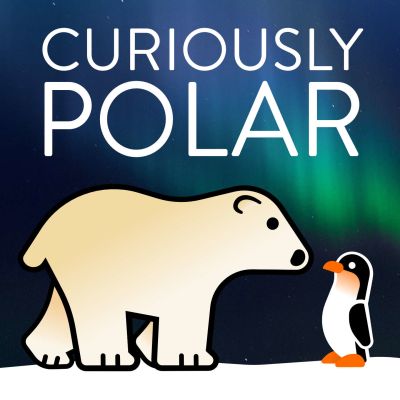The Arctic and the Antarctic are privileged locations for observers interested in understanding how our world is shaped by the forces of nature and the workings of history. These areas have inspired countless humans to undertake epic expeditions of discovery and have witnessed both great triumphs and miserable defeats. As a planetary litmus paper it is at the poles we can detect the effects of natural oscillations and human activities on the global ecosystems.
https://curiouslypolar.com/
027 Pollution in the Arctic
Some of the volatile man-made chemicals that are produced and used in temperate areas are transported to the polar areas by the natural circulation of water and air. Among these we have the Persistent Organic Pollutants abbreviated as POP's. Once arrived in the colder zones in the Arctic or the Antarctic these substances condense and are absorbed in the environment. On the ground or in the water these molecules often enter the food chain and bioaccumulate in the body or organisms throughout their life cycle as well as they are passed on to the next level through the food chain increasing in concentration: a phenomenon called biomagnification. Among these substances there are some which are directly poisonous in higher concentrations, but there are also others which are mimicking natural hormones. By taking the place of the original body molecules, and disrupting thus physiological functions, these endocrine disruptors can modify organ functionality like the reproductive cycle or body growth with dire consequences for the organism and the population.
